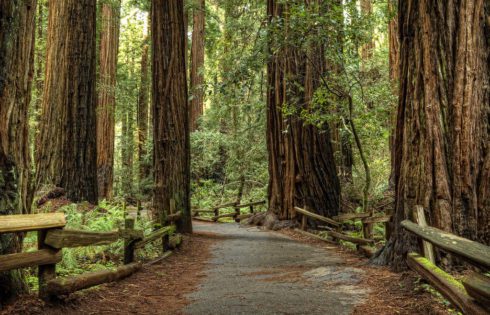
11 Places to See (Stunning) Redwood Trees in California
Are you looking to explore the beautiful redwood trees in California? Well, you’re in luck because there are a lot of places where you can find these beautiful towering trees

Are you looking to explore the beautiful redwood trees in California? Well, you’re in luck because there are a lot of places where you can find these beautiful towering trees
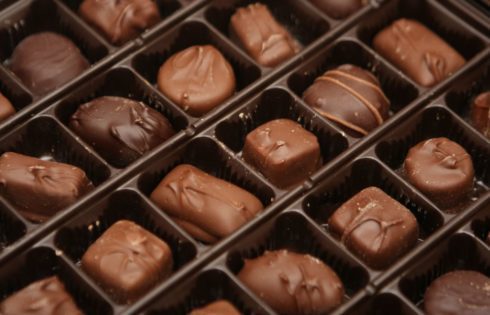
If you’re like me, a chocolate lover and frequent traveler, you’ve probably brought your fair share of chocolate back home during your travels. Or, you might be a first timer

Are you thinking about booking a hotel but worried that you or your kid might be too young to check-in? In this article, I will break down the minimum age
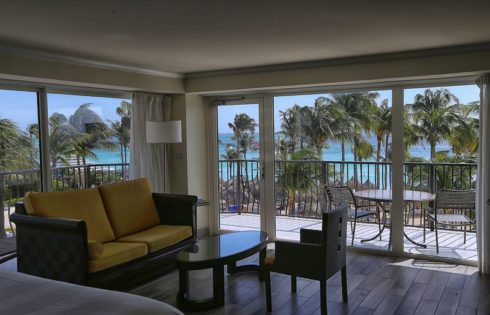
When it comes to hotel rooms, the labels used to describe rooms can sometimes be vague and downright mysterious. Words like “superior” and “deluxe” are thrown around all the time

If you’ve ever been on a road trip in Texas chances are you or someone in your car has wanted to stop at Buc-ee’s. Over the years, Buc-ee’s has established

Colorado is renowned for its picturesque scenic byways that wind through magnificent mountain landscapes. Among these, the Guanella Pass Scenic Byway stands out as one of the most breathtaking routes
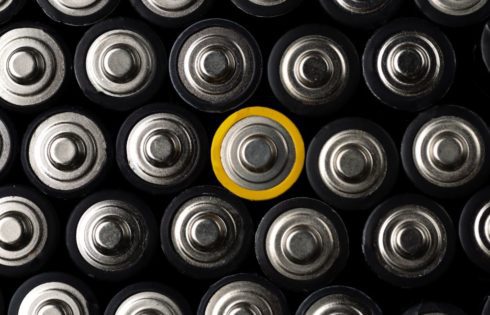
For some people, bringing batteries on a plane always feels like a guessing game. Are they allowed in your carry-on or checked bag? What types are okay and what types
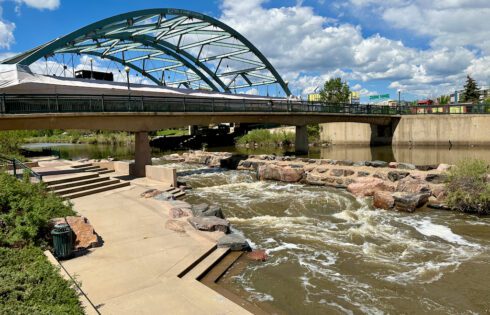
Confluence Park is one of the major attractions in Denver. Every day, it attracts lots of people looking to enjoy some nice scenery and perhaps partake in some exercise or
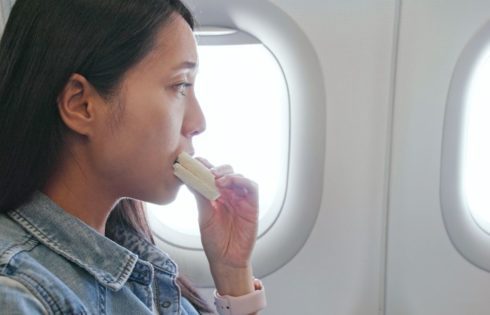
When it comes to airport security, it’s not always clear what you can and can’t bring on a plane. This is especially the case for food. There’s nothing worse than

New Mexico is known for its vast, open high desert lands. What’s remarkable about these open expanses is what you might encounter along the way. Whether it’s the Trinity Site
| Cookie | Duration | Description |
|---|---|---|
| cookielawinfo-checkbox-analytics | 11 months | This cookie is set by GDPR Cookie Consent plugin. The cookie is used to store the user consent for the cookies in the category "Analytics". |
| cookielawinfo-checkbox-functional | 11 months | The cookie is set by GDPR cookie consent to record the user consent for the cookies in the category "Functional". |
| cookielawinfo-checkbox-necessary | 11 months | This cookie is set by GDPR Cookie Consent plugin. The cookies is used to store the user consent for the cookies in the category "Necessary". |
| cookielawinfo-checkbox-others | 11 months | This cookie is set by GDPR Cookie Consent plugin. The cookie is used to store the user consent for the cookies in the category "Other. |
| cookielawinfo-checkbox-performance | 11 months | This cookie is set by GDPR Cookie Consent plugin. The cookie is used to store the user consent for the cookies in the category "Performance". |
| viewed_cookie_policy | 11 months | The cookie is set by the GDPR Cookie Consent plugin and is used to store whether or not user has consented to the use of cookies. It does not store any personal data. |
